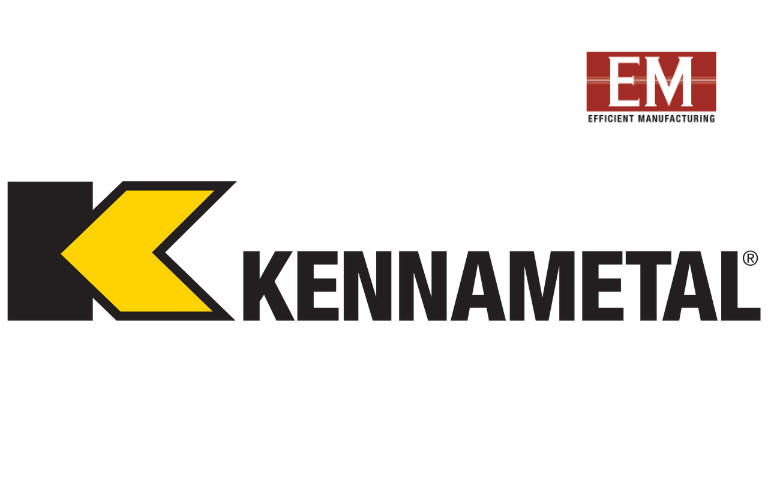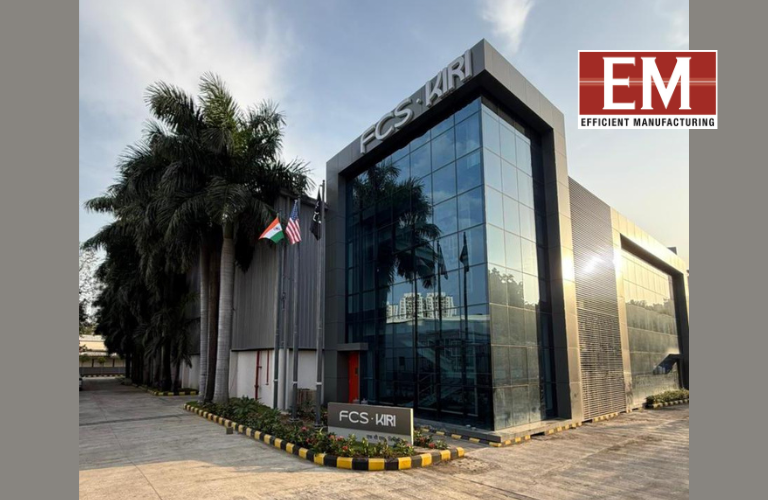… by Sudhanshu Mittal, Head & Director, Technical Solutions, MeitY Nasscom CoE
The role of IoT in manufacturing has been visible for quite some time now. Collecting the operational data through connected devices to generate real-time production data, performing quality assessment and reports generation, addressing worker tracking and safety and many other areas, have seen the increasing role of IoT for operational improvements in manufacturing. With this data generation, comes the data utilisation using AI. While major deployment of AI has been in cloud, the increasing capabilities of edge devices (both CPU and GPU) make it feasible to start deploying AI at the edge also. While IoT devices generate a huge amount of data providing extreme visibility in operation, the addition of AI is looking to make the edge more than a passive conduit by adding mini brain that can take decisions instantly and locally.
This addition of AI at the edge and data collection through IoT is leading to newer possibilities like real-time decision-making, customised production planning, predictive resilience through digital twins, and operational improvements that also contribute towards sustainability. The focus goes beyond operational efficiency, and we are looking at new paradigm of intelligent manufacturing ecosystem. Here we explore some of the new dimensions of this intelligent manufacturing ecosystem:
Real-Time / Near Real-Time Decision Making
Traditionally, quality checks happen after production, leading to waste and rework. With AI-powered edge analytics capabilities, these defects can be detected instantly on the production line. For example, computer vision systems running AI models on edge devices can identify surface cracks or assembly flaws in milliseconds, triggering corrective actions in assembly operations through or even without human intervention, depending upon the level of integration and automation. As a result, the quality management changes from reactive to proactive.
Predictive and Prescriptive Maintenance
Unplanned downtime is one of the most expensive challenges in manufacturing. IoT sensors continuously track equipment health, monitoring vibrations, heat, and sound. AI models deployed at the edge analyse these signals to predict failures well before they occur, thereby converting unplanned downtime to planned one. Going beyond prediction, prescriptive analytics can suggest corrective actions, such as adjusting load, scheduling maintenance, or ordering spare parts, automating the activities that would otherwise happen manually. Ultimately, we not only reduce overall downtime but also extend equipment life and optimise resource utilisation.
Adaptive Production and Mass Personalisation
While traditional manufacturing is focused on mass production of the same product, the shifting consumer demands require movement towards personalised products at scale, meaning that the same assembly line should be able to produce different configurations of the product, without undue delay. Edge-AI brings the capability where production lines can adjust parameters dynamically for each unit. Imagine a textile factory where edge intelligence modifies machine settings on the fly to create customised fabric patterns for different orders, without halting production. This adaptability allows manufacturers to serve niche demands while maintaining the efficiency associated with mass production.
Resilient and Autonomous Supply Chains
The COVID pandemic exposed the fragility of global supply chains. With IoT sensors embedded across logistics, warehouses, and production collecting entire production and inventory data and AI models running at the edge of each node, supply chains can become much more predictable, with backup options clearly defined and quickly triggered in case of disruption. Edge intelligence can reroute supplies, rebalance production loads, or trigger local sourcing, depending upon the kind of disruption being faced. This decentralisation of intelligence makes supply chains more resilient, adaptive, and potentially autonomous.
Energy Efficiency, Going Big on Sustainability
Sustainability is no longer optional; it is a compliance necessity. Smart IoT energy monitoring devices combined with edge AI continuously monitor energy usage across machines. The system can optimise power consumption, reduce idle loads, and suggest process modifications to cut emissions. For instance, a steel plant using edge-driven analytics can lower its carbon footprint by dynamically adjusting furnace cycles based on real-time demand. This synergy would not only enhance the efficiency but also aid the sustainability compliance for the manufacturer.
Challenges
While the potential of AI Edge + IoT is transformative, adoption comes with hurdles.
- Legacy Systems: Many factories run on legacy systems that are difficult to interface with IoT devices, and without IoT integration, AI can’t play its role.
- Data Governance and Security: Processing sensitive manufacturing data at the edge requires robust cybersecurity and governance frameworks. This is especially critical when we are allowing the AI to not only report but also control the manufacturing operation.
- Upfront Investment: Deploying AI-enabled edge infrastructure involves upfront costs, and scaling across plants can be resource-intensive.
- Skill Gaps: There is a shortage of workforce skilled in AI, IoT, and edge computing, slowing down adoption.
Overcoming these challenges requires not just technology investments but also workforce training, robust governance policies, and gradual integration strategies. In addition, the effective utilisation of AI requires changes in processes to align them with a driven approach. However, despite all the challenges, the manufacturing players don’t really have a choice but to start moving towards adoption, else they will be left behind in the competitive race. To support the players seriously looking for the adoption, Nasscom has programs focused on building the understanding of relevant technologies, use-case studies about on-ground impact created by technology adoption and a portfolio of curated solution providers that can be tapped by manufacturing players. Ultimately, this is a journey to be undertaken, and Nasscom supports the manufacturing players in starting and sustaining the journey.








